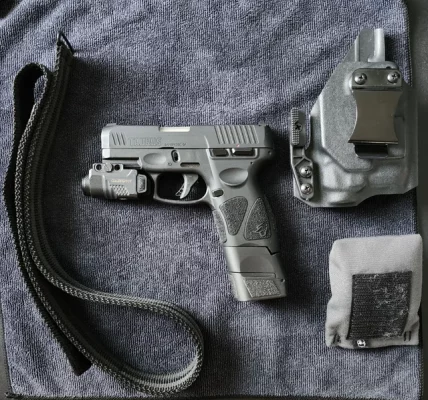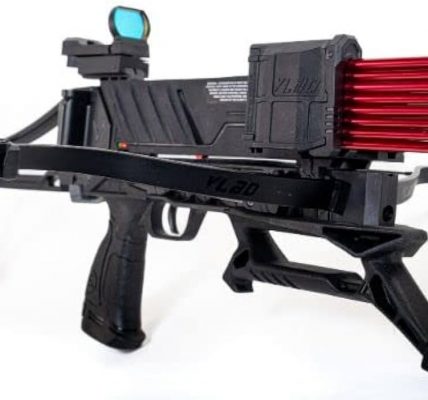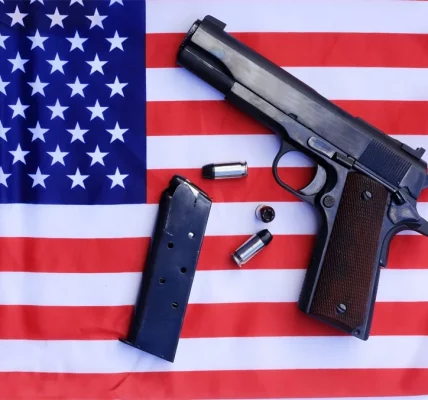Specialty Weapons in the United States A Diverse Arsenal
Specialty weapons, designed for specific tasks or environments, have played a significant role in the history and development of the United States military. These unique weapons often push the boundaries of technology and innovation, providing soldiers with the tools they need to accomplish their missions.
Categories of Specialty Weapons
- Sniper Rifles: High-precision rifles designed for long-range engagements. Examples include the M24 Sniper Weapon System and the Barrett M82.
- Machine Guns: Firearms capable of firing multiple rounds in rapid succession. Examples include the M240B machine gun and the M249 Squad Automatic Weapon (SAW).
- Grenade Launchers: Weapons that fire grenade rounds. Examples include the M203 grenade launcher and the XM25 Counter Defilade Target Engagement System (CDTES).
- Anti-Tank Weapons: Weapons designed to destroy armored vehicles. Examples include the Javelin anti-tank missile and the Carl Gustav recoilless rifle.
- Close-Quarters Battle (CQB) Weapons: Weapons designed for use in confined spaces. Examples include the M4 carbine, the Heckler & Koch MP5 submachine gun, and the FN P90 submachine gun.
- Special-Purpose Weapons: Weapons designed for specific tasks, such as riot control, crowd control, and breaching operations. Examples include the M26A1 Modular Accessory Shotgun System (MASS) and the M73/M72 LAW anti-tank rocket launcher.
Historical Context and Cultural Significance
Specialty weapons have played a crucial role in the history of the United States military. They have been used in a variety of conflicts, from the American Revolution to the War on Terror. These weapons have helped to shape the way the U.S. military operates and has influenced the development of military tactics and strategies.
Technological Advancements
Specialty weapons have undergone significant technological advancements over the years. The development of new materials, advanced optics, and precision manufacturing techniques have allowed for the creation of more accurate, reliable, and lethal weapons. Additionally, the integration of technology, such as night vision and thermal imaging, has enhanced the capabilities of many specialty weapons.
Role in Modern Warfare
Specialty weapons continue to play a vital role in modern warfare. They are used to provide support for ground forces, engage targets at long ranges, and conduct operations in challenging environments. These weapons are often equipped with advanced technology and are designed to meet the specific needs of modern combat.
Challenges and Future Trends
The development and use of specialty weapons present several challenges. The increasing sophistication of enemy forces requires the U.S. military to continually develop new and improved weapons. Additionally, the ethical implications of using certain types of weapons must be carefully considered.
The future of specialty weapons in the United States military is likely to involve further technological advancements, such as the development of unmanned aerial vehicles (UAVs) equipped with weapons and the integration of artificial intelligence into weapon systems. As the nature of warfare continues to evolve, specialty weapons will remain an essential component of the U.S. military’s arsenal.




